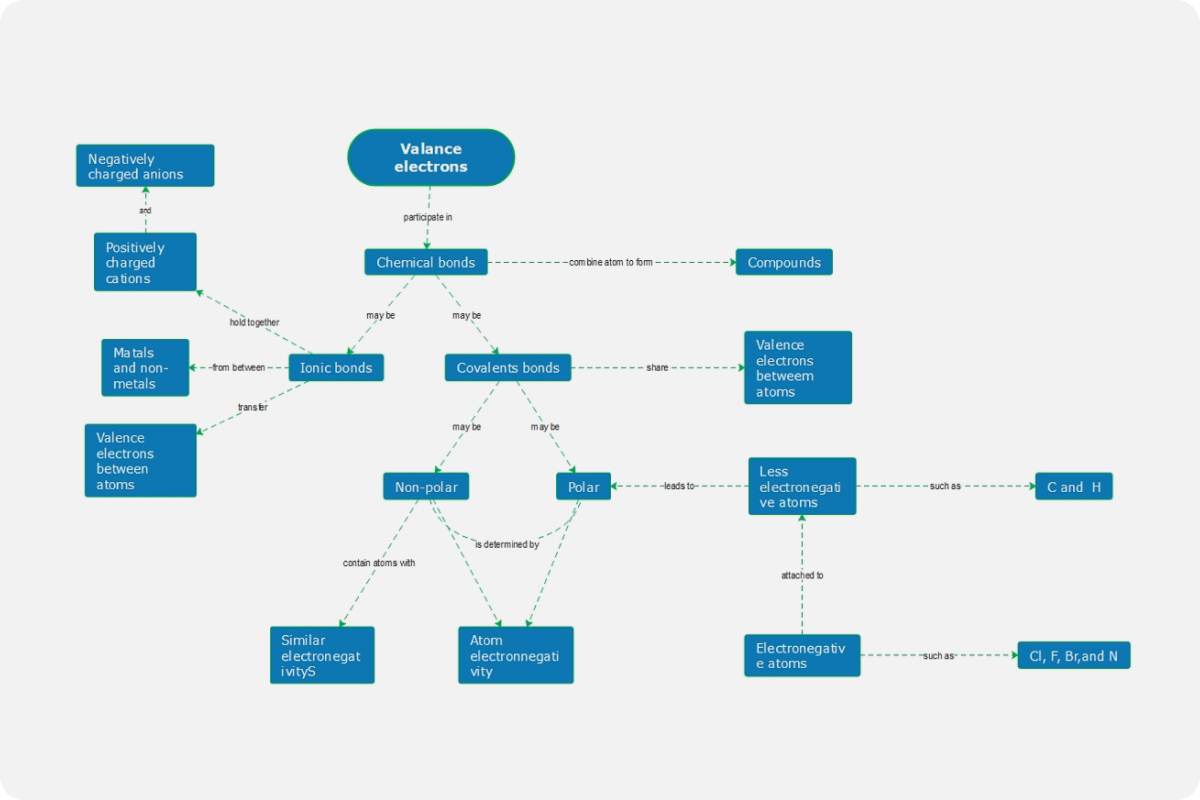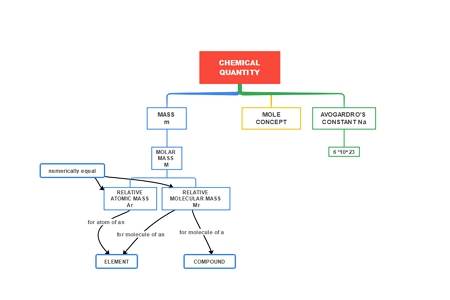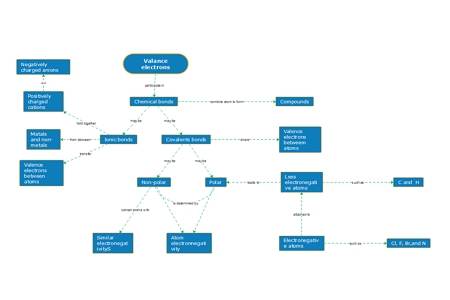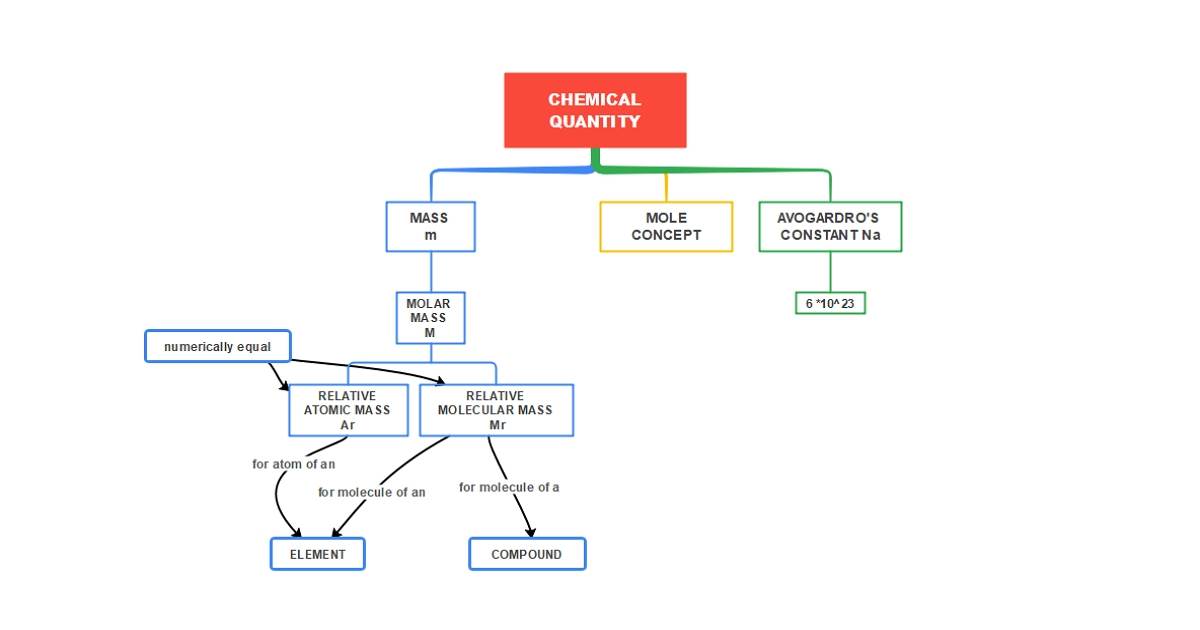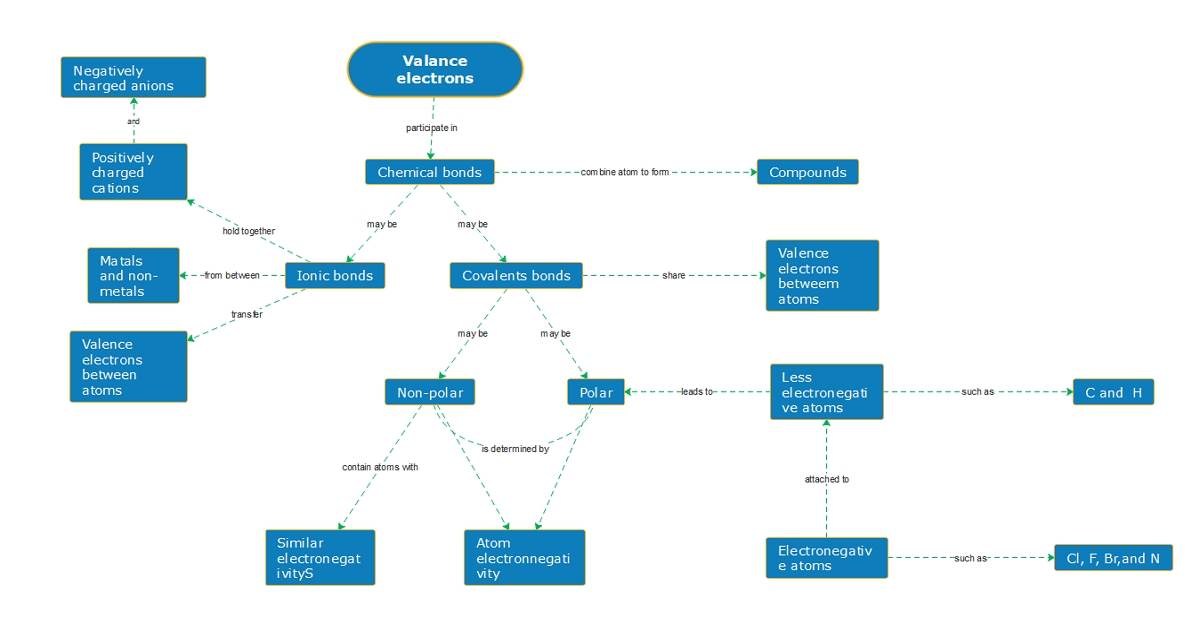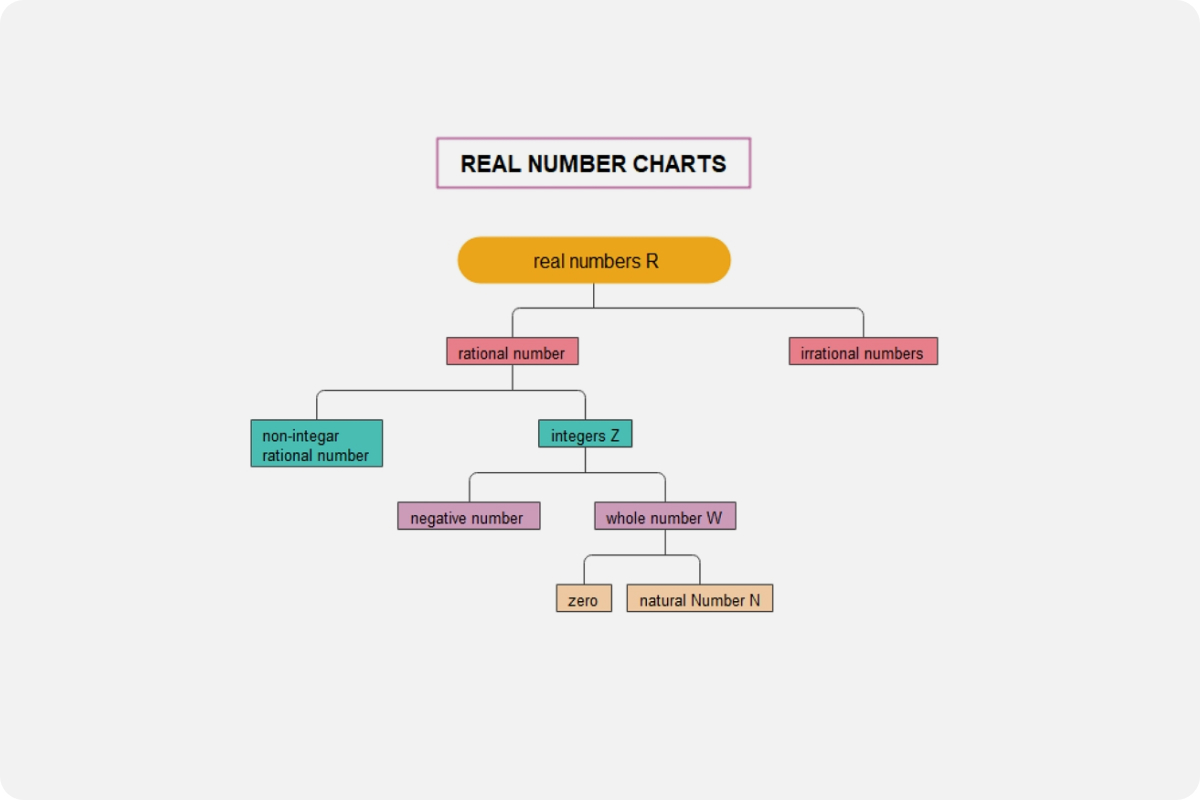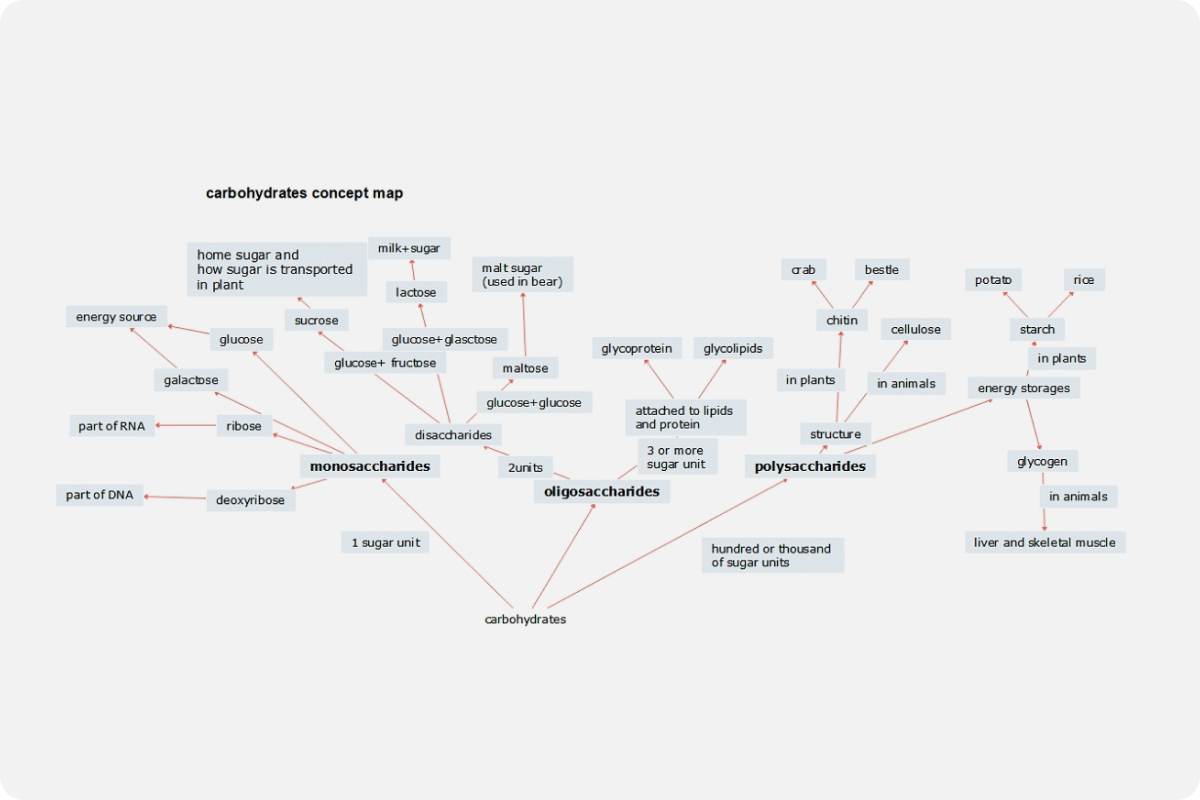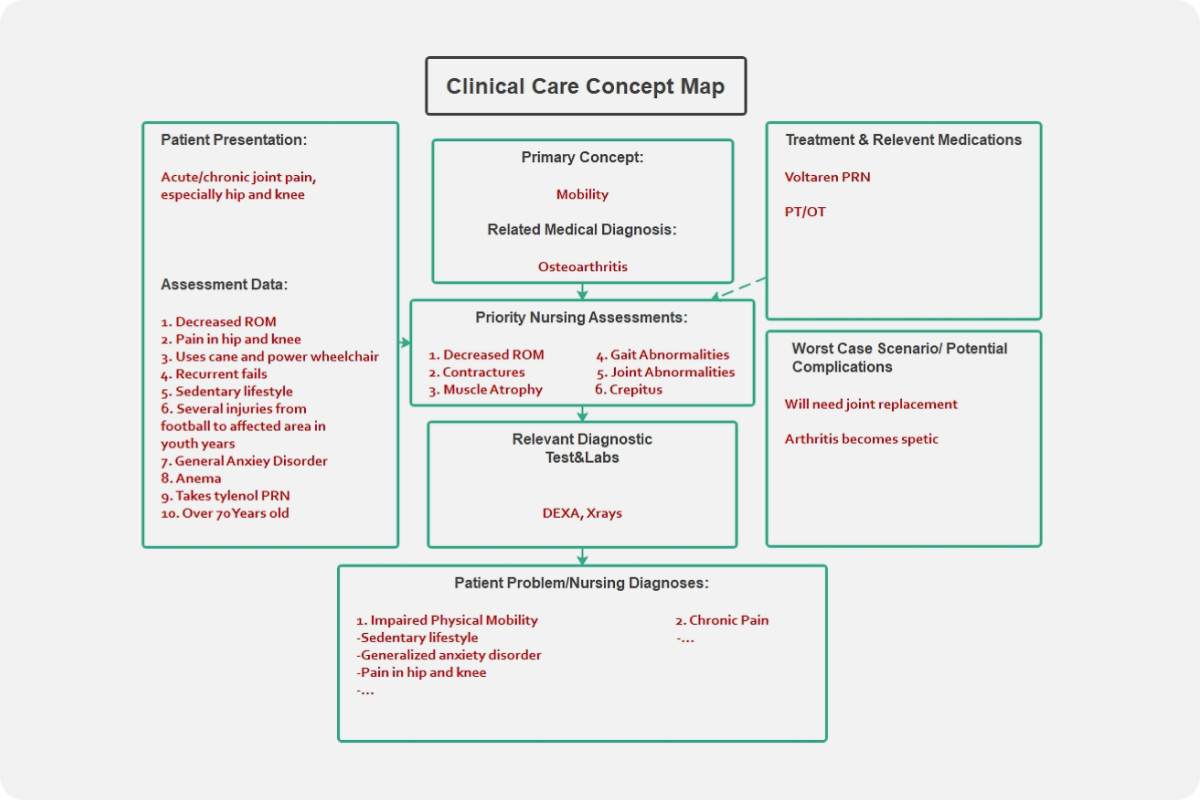What is a chemistry concept map?
One might think that chemistry is only about laboratory tests, dangerous substances, or food additives; however, the field of chemistry is related to everything around us. In some cases, most people find chemistry to be a difficult subject. Discussions can surely be complex when it comes to chemistry. According to a non-profit organization in the United States, anything we see, hear, touch, taste relates to chemistry and chemicals. Even if you are not a chemist, you typically do chemistry or anything involving this branch of science.
Complex, isn't it? That is why most students and teachers use concept maps. These are tools used to represent key concepts and information visually. In most cases, concept mapping enables students better to understand the connections of elements and other aspects in chemistry. They foster metacognition, organize information, and engage learners in building knowledge structures.
Benefits of using a chemistry concept map
Concept maps can be in tables, charts, graphic organizers, flowcharts, diagrams, timelines, and other visual illustrations you can think of. Considering how complex chemical elements are, you need a visual representation medium for learners and users to grasp the relationships of each component. Here are some reasons why a chemistry concept map is an effective learning tool:
- A concept map provides a distinct graphical view of how learners connect, organize and synthesize information.
- It gives students room for deep thinking regarding chemistry by helping them understand efficiently, organize the learnings, and store and retrieve information more effectively.
- Learners can challenge their thoughts on chemistry when discussing their maps among the group.
- Concept mapping effectively integrates science and literacy as it provides a starting point for writing about science.
- A chemistry concept map is also beneficial for educators in evaluating how well students understand chemistry by observing the illustration of their concept maps.
Chemistry Concept Map Templates
With how broad chemistry is, you can find several examples. You can even make your chemistry concept map. Several online tools can help you out in structuring your design concept maps. Before that, you can also refer to the following examples below:
The first example below looks like a general concept map. It starts with chemistry in the middle; then, the creator provides small boxes with arrows to connect various elements and topics related to chemistry. You can still expand the diagram if you want to be more specific with subtopics on the concept map.
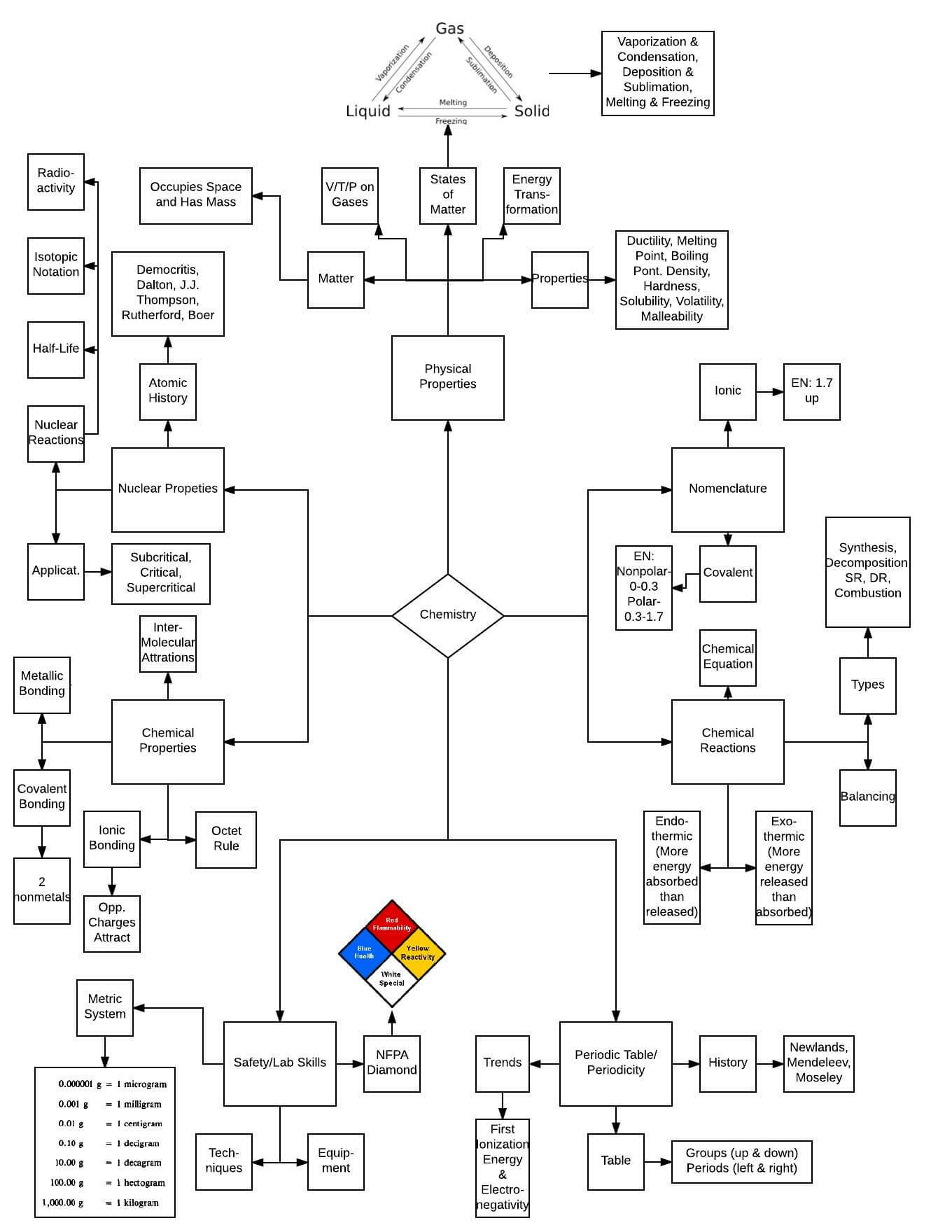
Source: chemedx.org
While the first example was very general, the second concept map example is more specific. To understand chemistry better, you need to have a key concept, similar to the example below, focusing on chemical quantity. This concept map is hierarchical since the idea of chemical quantity is placed at the topmost portion of the diagram.
Why EdrawMind?
EdrawMind is a full-featured collaborative mind mapping and brainstorming tool. It is convenient and helpful for you to use EdrawMind to sort out your thoughts, visualize ideas, take notes, plan projects and more importantly, find solutions to problems.
Users are allowed to insert different kinds of objects into topics and mind maps in EdrawMind, including relationship line, boundary, callout, summary, mark, clip art, picture, hyperlink, attachment, note, comment, and tag. EdrawMind offers you a simple way to create mind maps on Windows, macOS, and Linux. Download the desktop version and try the free online version now!
22 structures & 47 themes & 750+
cliparts
Support Win, Mac, Linux, Android, iOS
Advanced import & export options
On-premises software for business
Enterprise-level data security
12 structures & 33 themes & 700+
cliparts
Access diagrams anywhere, anytime
Templates Gallery
Team management & Project management
Real-time Collaboration
